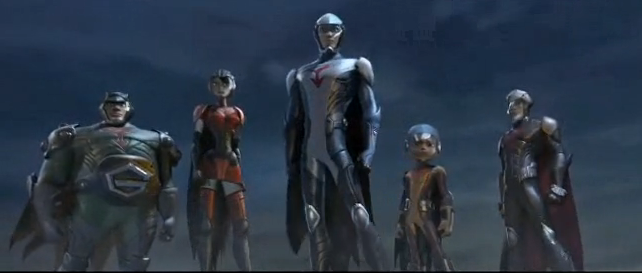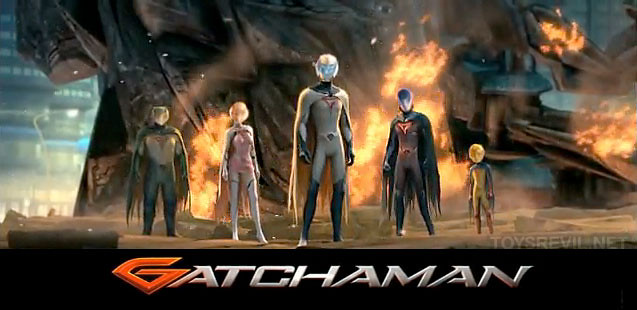Classics of the Disney Animated Canon
These are most revised versions of alternate Disney films I had posted earlier in the thread. Along with a series of new ones.
Chanticleer (1966)
In the early 1960s, Disney animator Bill Peet approached Walt with two ideas for the next animated film after
Sword in the Stone (1963). One was an adaptation of Rudyard Kipling's
The Jungle Book, and the other was about
Chanticleer from the Canterbury Tales. Unfortunately, the Rudyard Kipling estate hated what they were presented of the former idea, and isntead gave the rights to Chuck Jones and his unit at Warner Bros. Animation. Nonetheless, work on
Chanticleer started quickly, and the film was ready for 1966. The country's soundtrack of country and western music was well-praised, though the plot was slighlty knocked. However, it was enough of a commercial success for Walt to have one last go at an animated film made directly under his watch...
Beauty & The Beast (1971)
Like what many, such as
@HeX and
@gap80 have done, I too decided to rewrite
BatB as a film made by Walt during his lifetime.
For starters, the plot of my version is more akin to the version
I posted in the thread here, which is actually a fusion of elements from OTL's film and the 1989 draft for the film. Even beyond those changes, the portrayals of Marguerite, Belle's Aunt, is portrayed as more nuanced than my original idea showed her as being. Since for one thing, her complaints about Maurice wasting resources on his inventions is portrayed as a legitimate point, as is bringing up the family's desperate financial position as a reason for why Belle should marry Gaston despite not actually loving him. Meanwhile, her wanting Maurice to go to an asylum is shown as her being concerned about her brother's help. Nonetheless, Gaston still eventually takes up the mantle of being the main antagonist after Marguerite begins to understand how little he actually cares for Belle as a person. With the only person who Belle would possibly listen to about Gaston out of the equation, he ultimately uses Maurice being institutionalized as a way to blackmail Belle. This of course leads to Marguerite finally seeing Gaston's true colors, and she ultimately redeems herself when she uses a magic mirror Belle bought home to warn both her what is happening, earning Belle's forgiveness in the process.
Voice Cast
Belle: Sandy Duncan
The Beast: Robert De Niro
Lumiere: Jerry Orbach
Cogsworth: Don Messick
Gaston: Raul Julia
Maurice: Daws Butler
Marguerite: Barbara Luddy
With music that is considered by many one of the Sherman Brothers' best songs, as well as the use of iconic Disney talent, this film is considered by many the best of the four Disney films that Walt had major input in. Many people citing its stronger plot and character arcs than past Disney Princess films. In addition, Gaston would go down in history as one of the most iconic Disney villains. Sadly, not everyone would live to see its success. Roy O. Disney died on December 20, 1971; only seven days before its release.
Kate Crackernuts (1974)
After the success of Beauty and the Beast, Walt made open his intention to appoint old talents like the Nine Old Men in the positions to educate a new generation of animators. In turn, he chose to appoint Don Bluth as head of Disney Animation to serve as sort of a bridge for these two generations. Walt had a good reason too: Don Bluth had been at the studio ever since 1955, and had a name for himself by rising through the ranks until he designed the Beast in BatB [1]. One of Bluth's first jobs as head was to select a story they could make into a DAC movie to see how well the studio could work without Walt's direct input.
Voice Cast
Kate: Ann Jillian
Anne: Candice Bergen
The Henwife: Mercedes McCambridge
Queen Patricia (Kate's mother): Kaye Ballard
Prince George (The older prince): Frank Welker
Prince Thomas (The younger prince): Anson Williams
Part of Bluth's job, in addition to directing, would be selecting a composer for the film. As such, he eventually selected theater novice Andrew Lloyd Webber, whose classic play
Joseph and the Amazing Technicolor Dreamcoat had been seen by Bluth when he was on a visit to his hometown in Payton, UT. Walt quickly approved the idea, seeing the idea of Kate being a Rock Musical as an appealing way to modernize the traditional Disney formula.
The Snow Queen (1987)
Ever since he became her neighbor, Gerda (Heather O'Rourke) has always wanted to know more about Kai: an aloof boy with mysteriously white hair. However, she only succeeds when one day, Kai (Jason Marsden) is being beaten up by bullies and she intervenes. After that, the two become very close, and often listen to Kai's grandmother tell stories - one of which involves a shattered mirror an evil troll had created. One day however, Kai gets some sort of shard lodged in his eye and chest, which leaves him increasingly paranoid and hostile. Eventually, the titular character, Elsa, comes to take Kai to her palace, and Gerda's search leads to the revelation that Elsa is Kai's sister.
Long ago, Elsa and Kai were royalty, with the former often entertaining her brother with her cyrokenetic powers. One day after both their parents had died however, she accidentally hit Kai in the head with a blast of ice, and to save Kai from being frozen completely she was forced into a Faustian bargain with Faraefold, the troll who created the mirror but was killed when it fell to the ground. This would leave her having to work under his employ, leaving her kingdom with poor weather that made her once prosperous kingdom reliant on exports when it could once grow its own food. With the shards freezing Kai from the inside, Elsa is left with the only choice of letting Faraefold possess her to save Kai. However, Gerda, along with the robber girl Anna, the reindeer Bae, and the snowman Olaf right back and eventually push out Faraefold's spirit. When Elsa tries to freeze him however, she only gives him a physical body and she tries to kill them all.
However Kai, who was bed-ridden most of his time in Elsa's winter palace, suddenly gets up and uses the fact his body is practically solid ice to shatter Faraefold's weapon before freezing completely. This leaves Anna with enough time to throw a kerosene lantern into Faraefold's face, melting him and destroying his soul. With him gone, Elsa is completely freed, and Kai returns to normal. One of the movies' last, and most touching scenes, is when Kai decides he'd prefer to stay with Elsa, and after their reunion with her, the two decide to bring Granny Ingrid with them. Nonetheless, Kai and Gerda eventually reunite when they are teenagers in the film's last scene.
Voice Cast
Gerda: Heather O'Rourke
Kai: Jason Marsden
Elsa the Snow Queen: Paige O'Hara
Ingrid, Elsa and Kai's granny: Lucille Bliss
Anna, the Robber Girl: Catherine Cavadini
Bae the Reindeer: Dom Deluise
Olaf the Snowman: Charles Nelson Reilly
Faraefold: Zero Mostel
As usual for Don Buth's films, Andrew Lloyd Webbr provides most of the musical scores. Unlike past collaborations though, he was joined by Beatles writer Paul McCartney, who narrowed the multi-genre shtick to mostly 60s era music. His influence can especially be felt in some of the cheerier songs like "People Like Reindeer", sung by Anna and Bae in their introduction scene.
[1] The design he created for the Beast is that same
as his appearance in OTL's proposed film.
OOC: Special thanks goes to
@PunMaster for helping me create the BatB idea.

